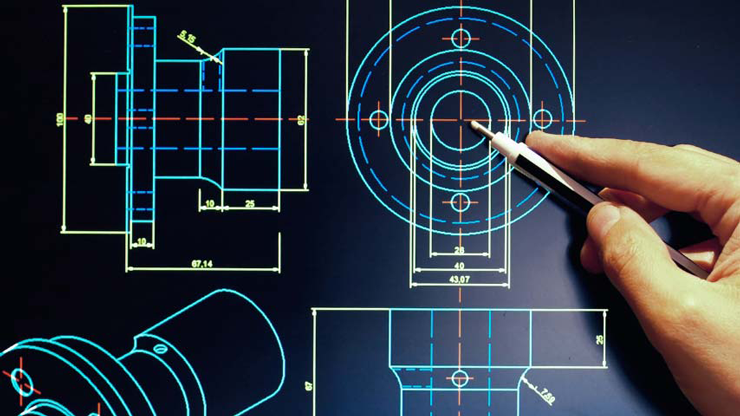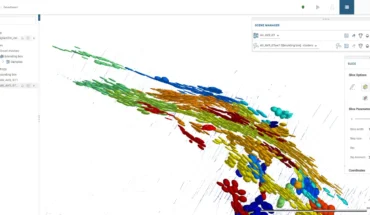Five questions to ensure everything is in order

Five questions to ensure everything is in order
By ASME Staff
As manufacturers and mechanical engineers implement digital manufacturing tools and techniques to take their organizations into the future, geometric dimensioning and tolerancing (GD&T) continues to play a crucial role in achieving part quality and gross margins. “The fundamental principles of GD&T apply regardless of advances in manufacturing processes or automation technologies,” states Israr Kabir, ASME’s Director of Emerging Technology. “All processes introduce variations from the ideal CAD model representation that must be managed by both design (creating specification) and manufacturing teams (translating design specifications to machine setup and operation).
How can you ensure GD&T data is primed to transition seamlessly into this new way of working? Start by considering these questions.
1. Are you using consistent standards across the organization?
Consistency enables greater collaboration, because it means everyone is using a shared language with a clear, understood meaning behind each and every symbol. If engineering teams are still using a mash-up of formal standards and ad hoc annotations, now is the time to get everyone on the same (digital) page. You may not realize that there are two GD&T standards currently in use: The ASME Y 14.5-2018 standard, published by the American Society of Mechanical Engineers, measures and verifies the schematics of a product, and is used by roughly 86% of U.S. manufacturing companies, according to a survey by GD&T Basics. The ISO Geometrical Product Specifications (GPS) standard, published by the International Organization for Standardization, is designed to both specify and verify a part’s geometry, as well as to calibrate geometry-verifying instruments.
2. Is your GD&T data incorporated into digital models?
Many engineers rely on a combination of 2D and 3D renderings, but this hybrid approach means any manual change is an opportunity for error, misunderstandings, and delays. By incorporating GD&T data into your model-based definition, or digital twin, that information becomes part of one consistent, easy-to-access artifact. Even as the design winds its way through various departments and to the production floor, the data is included in the model and any adjustments are included in the model.
Most manufacturing organizations manage their 3D measurement data files and folders manually. If your organization is only adopting digitization halfway, with one foot in the new ways of manufacturing and one foot still in the old, you’re not only hindering your own efficiency but hampering any further digitization efforts.
3. Is GD&T data positioned consistently within digital models? Digital twins and virtual 3D models may not yet dominate engineering, but now is the time to develop robust routines and clear consistency so engineering teams aren’t breaking bad habits later. The majority of engineers who incorporate GD&T data into 3D models do so by adding it directly to the syntax (23% of respondents), according to a survey by Engineering.com. Fewer (15%) add it to the semantic model. What matters more than which method you prioritize is that you pick one to prioritize—and stick with it.

4. Have you given thought to how to maximize the benefit of your GD&T data?
There are plenty of ways that this data store can be of profit-boosting, efficiency-increasing use to you—presuming it’s robust, consistent, and standardized, as explored above. But none of those can come to fruition if you haven’t yet considered how to make the most of the data you capture. For example, have you given thought to incorporating Internet of Things (IoT) sensors in your calibration and inspection instruments? By marrying these sensors with the bevy of GD&T data you already have in hand, your organization can inspect products without an iota of data being manually entered.
5. Have you developed a system to address problems in your GD&T data?
One of the chief benefits of GD&T is the ability to quickly spot errors within designs or products—and the faster these can be identified and corrected, the better, considering the waste and inefficiency that can result from design or manufacturing inaccuracies. To that end, does your organization have a system in place to reiterate ideas and designs once errors like these are spotted during the GD&T verification process? Routinizing this correction process helps avoid slowdowns and any costly reworking down the line.
As the digitization train rolls on, barreling ahead into a new future of manufacture, your GD&T methods, measurements, and metrics for further improvement must keep pace. Be sure to stay current with the latest ASME 14.5 Standards, check out the entire GD&T Course Collection for upskilling opportunities.





